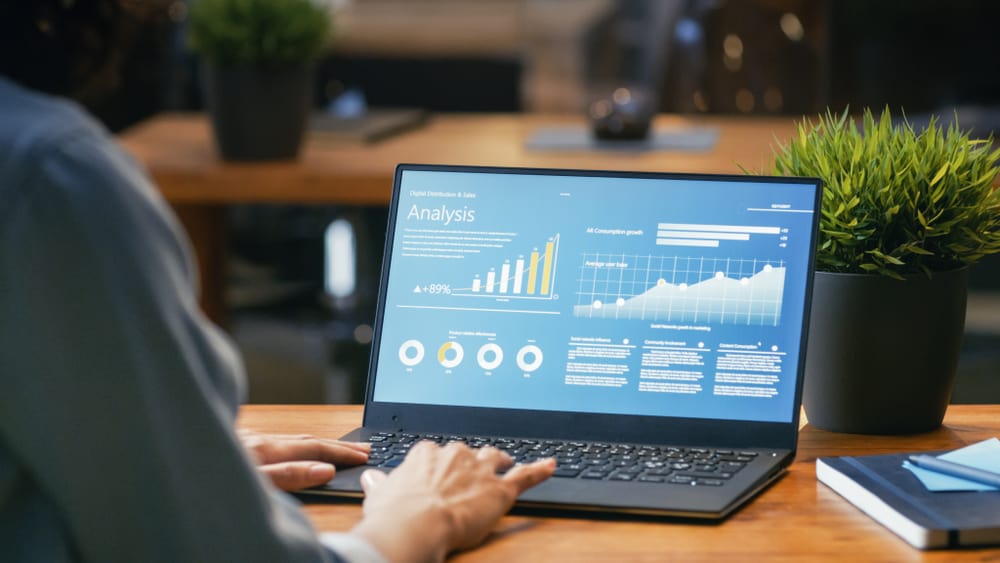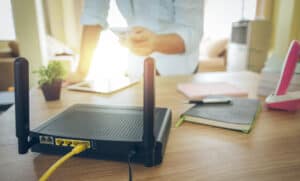
If your computer is not performing efficiently as it used to, you can refresh your computer. The good thing about refreshing your computer is that it helps you get things back on track without deleting your files or changing settings. So, how do you refresh your computer screen?
There are many ways you can refresh your computer to get rid of trouble codes. You can refresh your computer screen using shortcut keys, the context menu, or the “Troubleshooting” option in the “Advanced Startup” option.
When you overwork your computer, its speed at completing processes will reduce. To make your computer efficient again, you should refresh it; you should refresh your computer frequently. This article elaborates on the different ways you can refresh your computer screen.
Different Ways To Refresh a Windows Computer Screen
There are different ways you can refresh your computer screen. In this article section, we will discuss four different methods you can use to refresh your PC screen. Some of the methods don’t require closing any program on your PC, whereas some require you to reboot your PC.
Method #1: Using F5
The F5 key is a function shortcut key on most laptops used to refresh. Using this shortcut key to refresh your computer screen is pretty straightforward and works on all versions of Windows PC. You can even use the F5 key to reload or refresh a web browser page on some web browsers like Chrome. But to be able to use the F5 key to refresh your PC screen, certain conditions must be met.
Here’s how to refresh your computer screen using F5.
- You must be on the desktop page of your PC.
- Minimize every program that is running.
- Press the F5 key, and your PC will refresh; you can press the F5 key multiple times to refresh your PC multiple times.
Method #2: Using Shift + F10
Another shortcut key you can use to refresh your computer screen is pressing the Shift + F10 keys together. Unlike using the F5 key to refresh your screen, this shortcut key launches the context menu, where you can click on the “Refresh” option.
Here’s how to refresh your computer screen using Shift + F10.
- You must be on the desktop page of your PC.
- Press the Shift + F10 key together.
- Click on the “Refresh” option from the pop-up page, and your computer screen will refresh.
Method #3: Using the Context Menu
If you do not want to open the context menu using the shortcut key Shift + F10, there are other ways to open the context menu. On some computers, you would find the context key beside the right Ctrl key. If your computer comes with this key, you can press it to load the context menu. Like other methods discussed in this article, certain conditions must be met to use the context menu to refresh your screen.
Here’s how to refresh your computer screen using the context menu.
- You must be on the desktop page of your PC.
- Right-click on an empty space or press the context key.
- Click on the “Refresh” option from the pop-up option, and your computer screen will refresh.
Method #4: Using the “Advanced Startup” Option
Finally, you can refresh your computer screen by using the startup option. This method is ideal when your computer refuses to load the program properly or doesn’t want to boot correctly. This method is more advanced and would refresh you to reboot your PC.
Here’s how to refresh your computer screen using the “Advanced Startup” option.
- From the lock screen of your laptop, click on the power button and then click on “Restart” while holding down the Shift key.
- When your PC powers up, it will open a “Choose an option” page; tap on “Troubleshoot” from the page.
- Select “Refresh your PC”.
- Read the instructions and click the “Next” button to proceed.
- Your PC will restart, and the lock screen will appear when the refresh is complete; then log in.
If you use the advanced startup option to refresh your computer, an HTML file will be placed on your desktop called Removed App.html. This file lists any app that was removed and which apps were removed.
Conclusion
Refreshing your computer is a smart way to make it run faster without clearing the Windows memory. When you refresh your computer, it fetches any new changes from the back-end directory that your UI hasn’t caught up to.







